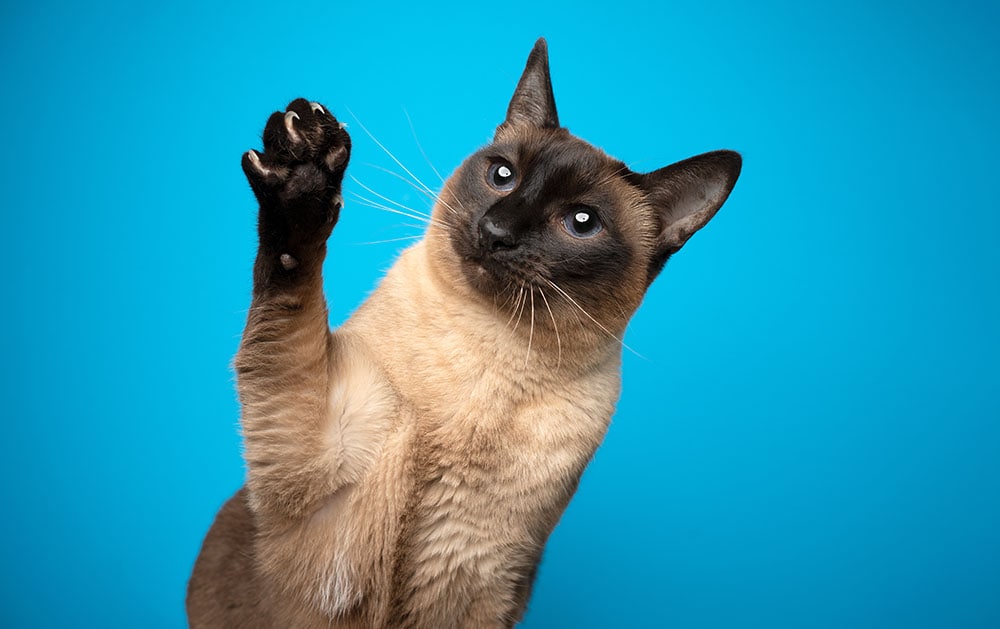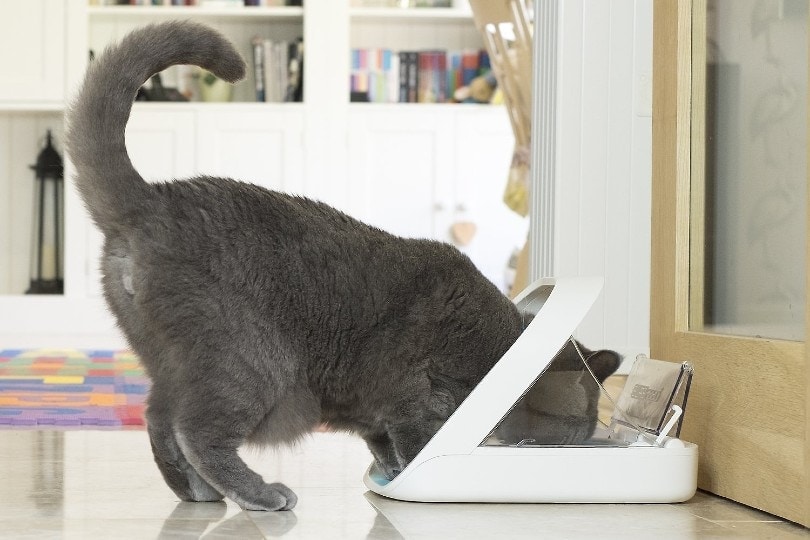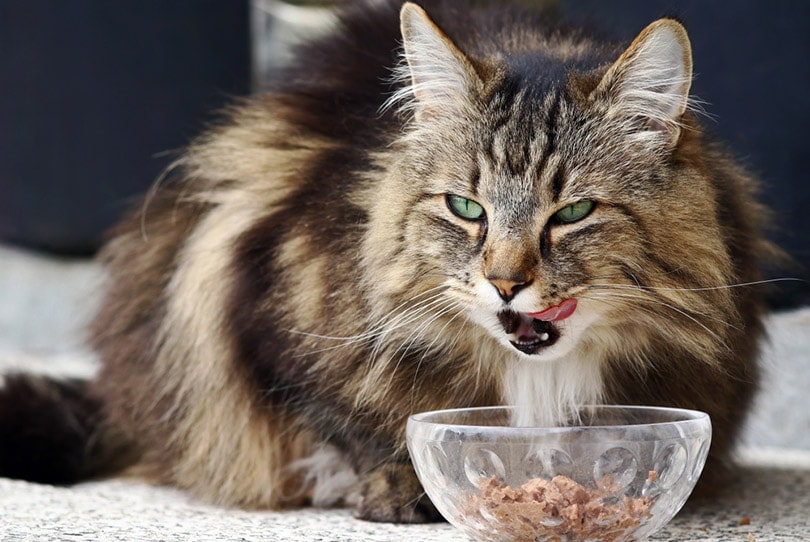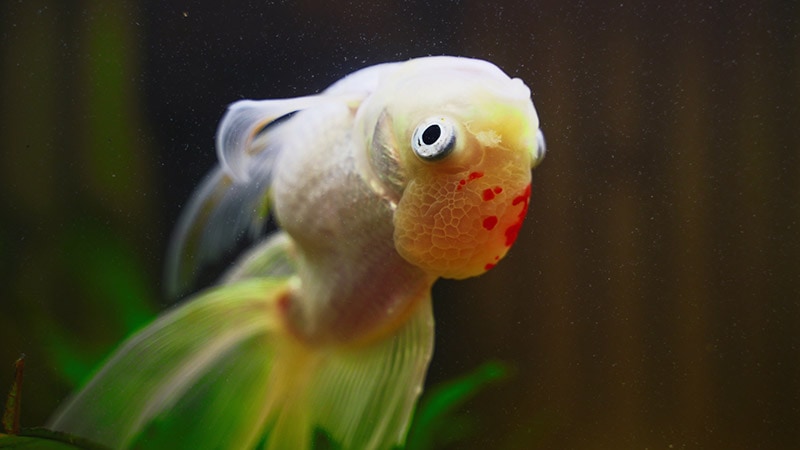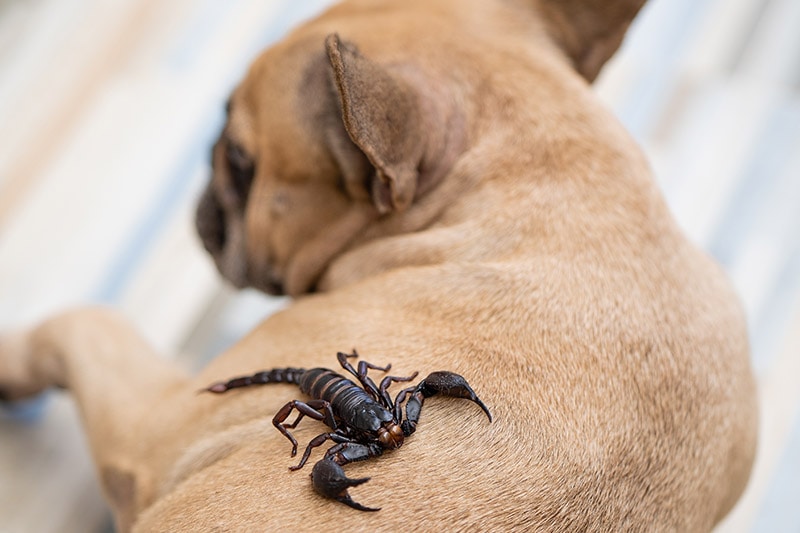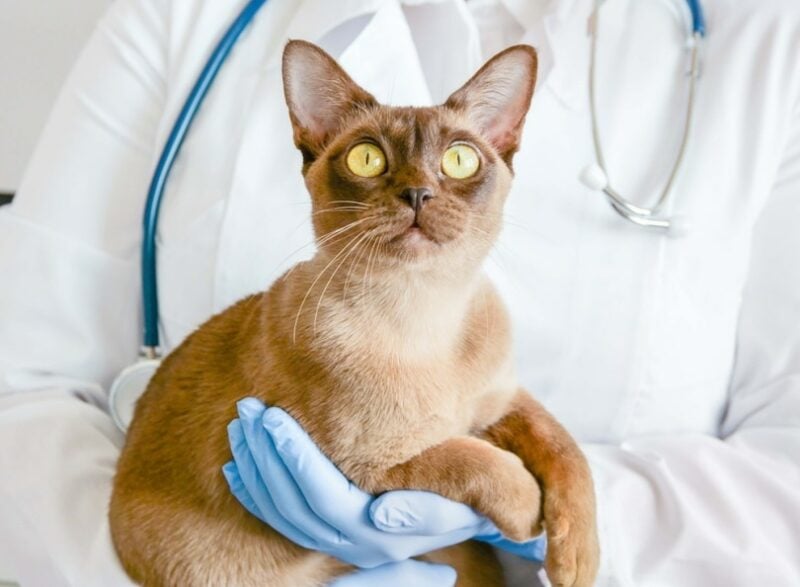Is Cordyline (Hawaiian Ti) Toxic to Cats? Vet-Approved Facts & Safety Guide
By Luxifa Le
Updated on
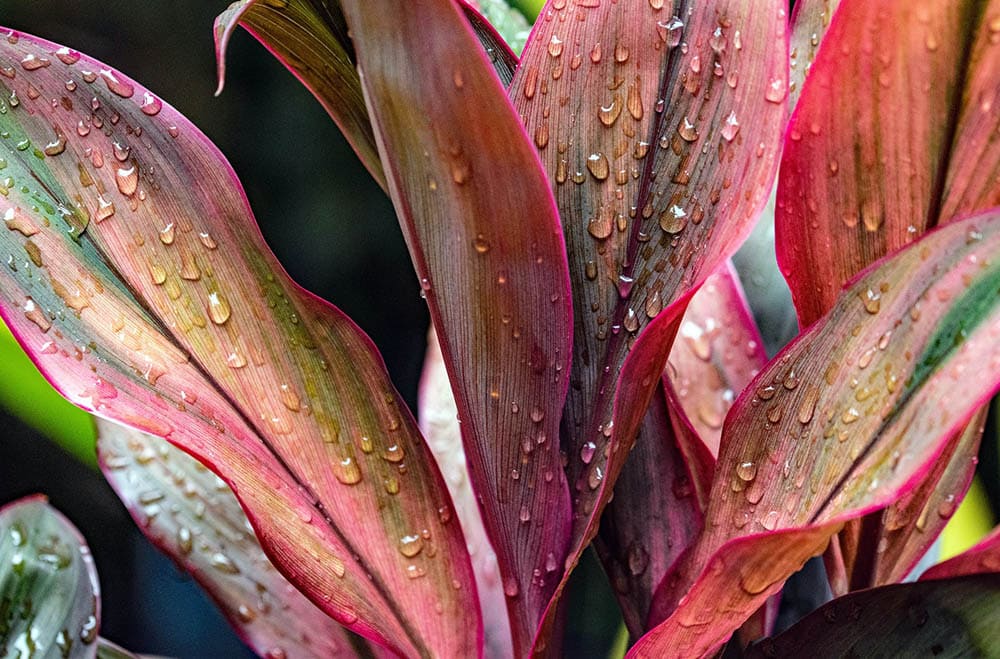
“Curiosity killed the cat” is one proverb that has a strong basis in reality. Cats are curious creatures that tend to explore their surroundings using their mouths. Unfortunately, this can lead to them ingesting many substances, foods, or vegetation that they’d be better off leaving alone. Hawaiian ti, or cordyline, is one such plant since they’re toxic to cats.
Cordyline plants (Cordyline terminalis) are toxic to cats and are associated with signs such as gastrointestinal upset, drooling, and dilated pupils. In rare cases, severe toxicity can occur, normally associated with ingestion of large amounts of cordyline material. If you suspect your cat has been nibbling on a Hawaiian ti plant, you should contact your veterinarian immediately.
What Is a Cordyline Plant?
Cordyline plants are colloquially known as “ti plants” and are commonly mistaken for dracaena plants. They are both part of the Agavaceae family; however, these evergreens and perennials belong to their own distinct genus of plants. There are around 15 different species of ti plants native to the Pacific Islands and some parts of Southeast Asia.
Growing them outdoors in the continental USA can be tricky since ti plants won’t fare well in colder temperatures, but they’re relatively easily grown as houseplants; they just need warmth, sunlight, rich soil, and water.
Cordyline plants should be relatively easy to find at a local plant nursery as they’re popular houseplants. Most plant nurseries will carry and care for several different types of ti plants. All ti plants produce leather-like spear-shaped leaves, but the color and patterning of the blooms can vary from species to species.
Cordyline plants produce toxins called saponins that protect them from fungi, illnesses, and insects in the wild. These toxins are mildly toxic when ingested by cats.
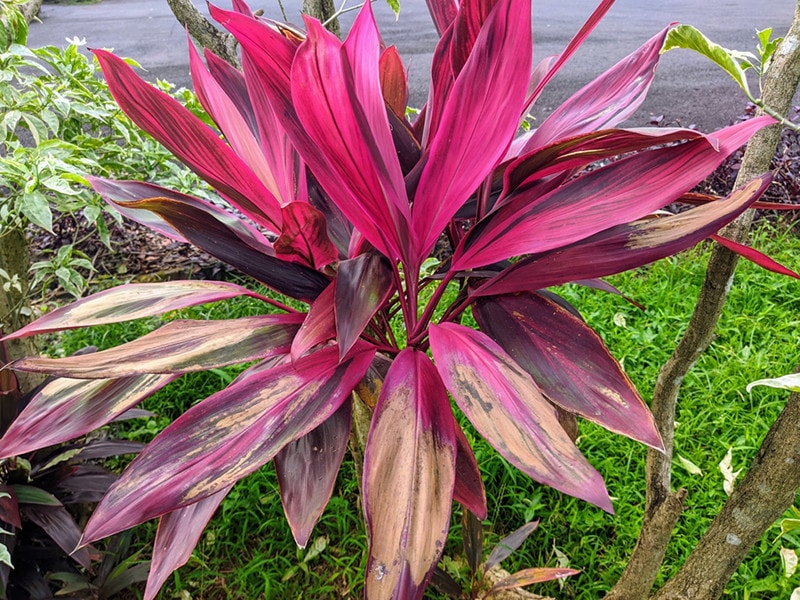
Are Cordyline Plants Deadly to Cats?
Cordyline poisoning in cats is rarely deadly. Most instances of cordyline poisoning are associated with gastrointestinal upset and oral irritation. Cats who experience cordyline poisoning are likely to display vomiting, nausea, drooling, lethargy, lack of appetite, dilated pupils, and diarrhea.
The prognosis of cordyline poisoning in cats is generally good if a veterinarian oversees your cat, but it depends on the amount of plant ingested. Luckily, saponins make the plant taste bitter, and large ingestions are rare in cats. Most cats will make a good recovery within 24 hours when treated by a veterinarian.
How Is Cordyline Poisoning Treated in Cats?
Cordyline poisoning is generally treated by removing the toxic substance from the cat’s reach, rinsing their mouth, and contacting your veterinarian immediately. Your vet may administer activated charcoal to bind the toxins present in the digestive system and prevent them from being absorbed into the rest of the body.
If the consumption of Hawaiian ti has irritated your cat’s digestive system, the vet may administer gastrointestinal protectants to minimize the damage to the lining of your cat’s esophagus, stomach, and intestines.
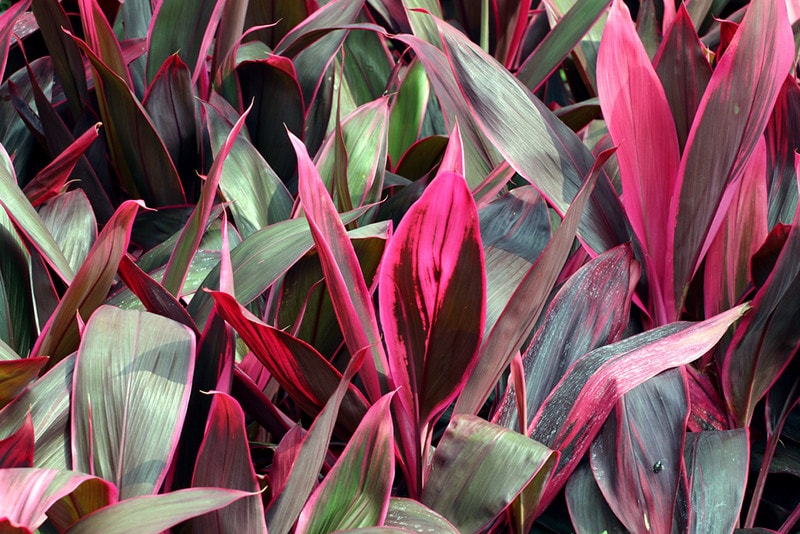
How Can I Keep My Cat Safe?
The easiest way to keep your cat safe from Hawaiian ti is not to grow the plants at all. It is not worth the risk.
If you simply want to grow plants, consider growing cat-safe plants that won’t harm your cat if they take a curious nibble off one of the leaves.
What Plants Are Safe for Cats?
There is a wide selection of plants that are safe to have around your cats. There’s no need to grow plants that are toxic to your cats when there are so many safe plants! Here are just a few safe plants that you can grow in your home or garden for both you and your cats to enjoy.
The ASPCA populates and updates a non-exhaustive list of safe, toxic, mildly toxic, and deadly plants for cats, dogs, and horses, which can be found here.
1. Catnip
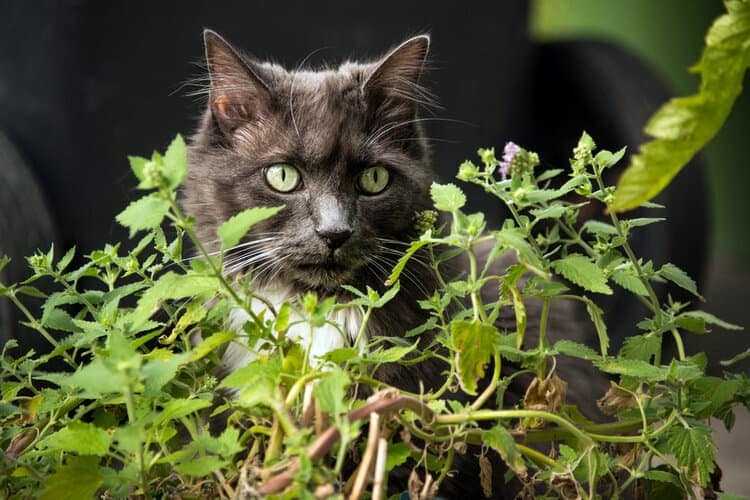
Catnip is safe for cats to ingest. However, many pet parents don’t know that you can grow catnip plants at home; your cats can even safely snack on the catnip right off the plant if they wish!
Additionally, catnip is in the mint family of plants and will leave your house smelling fresh and minty if you grow it! You can also take clippings from the plant and dry them in the oven; if your cats are fond of the dried catnip, you can buy them in stores.
2. Cat Grass
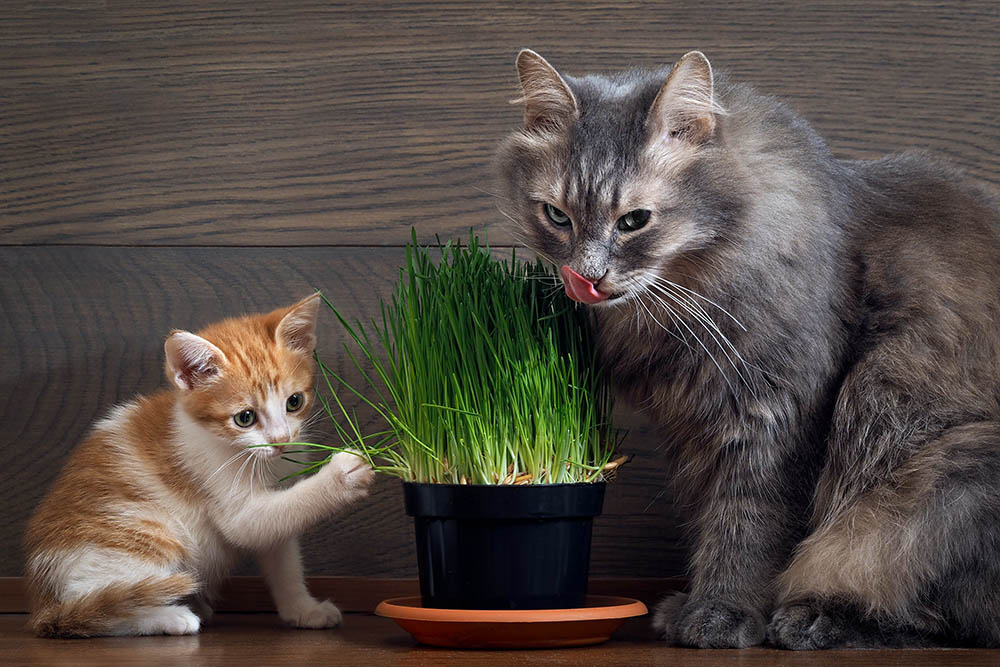
Cat grass isn’t a plant but a seed mixture of grass seeds that your cats can safely snack on. Cat grass mixtures will include seeds for barley, rye, and oats that your cat can nibble on as they grow.
3. Spider Plant
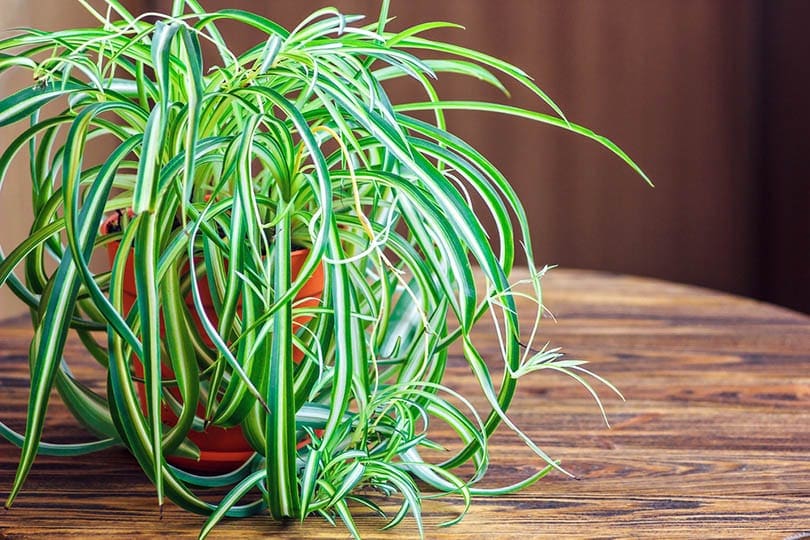
Spider plants won’t just attract your cat because they’re curious; the long, dangly leaves will put a smile on your cat’s face as they bat them around and play with them. Spider plants are also cat-safe. So, no harm will come to them if your cat takes a nibble while they play.
Final Thoughts
Unfortunately, Hawaiian ti plants are toxic to cats, even if severe cases are very rare. The good news is that aspiring plant parents have a lot of different cat-safe plants to choose from.
If you think your cat has ingested something that may be toxic, you should remove the offending substance from your cat’s mouth and contact your veterinarian immediately. A vet can help you determine if your cat needs to be brought in for treatment or observation.
See Also:
- Are Pussy Willows Toxic To Cats? Keeping Your Cat Safe
- Are Croton Plants Toxic to Cats? Keeping Your Cat Safe
Featured Image Credit: David Clode, Unsplash




